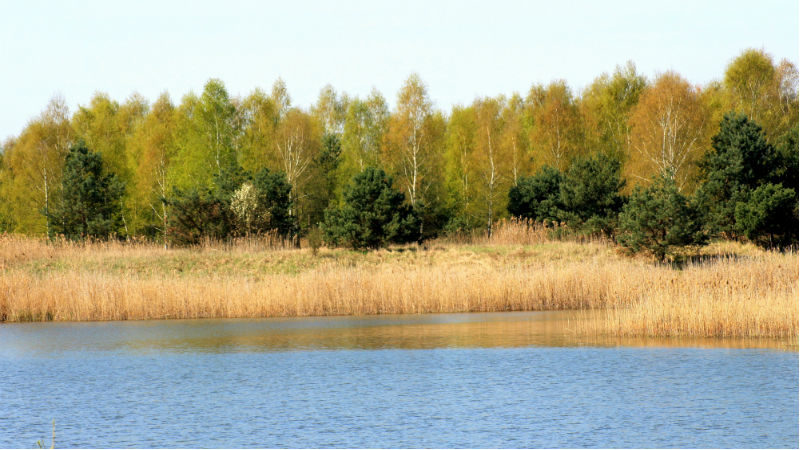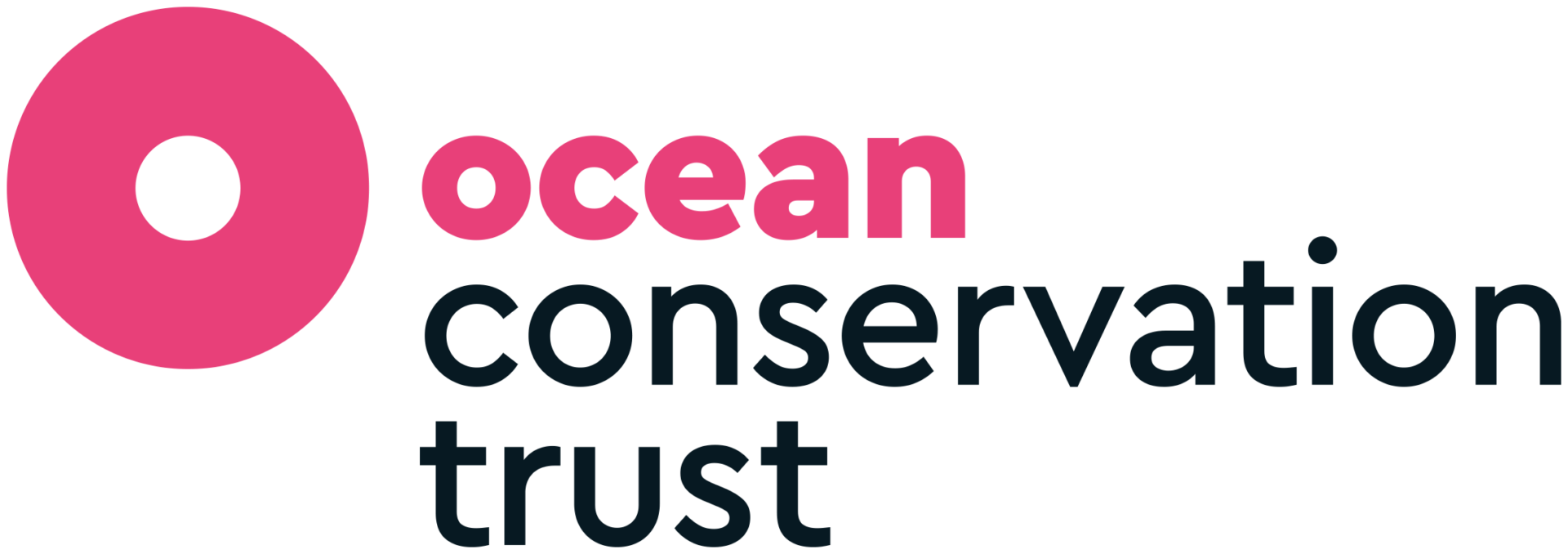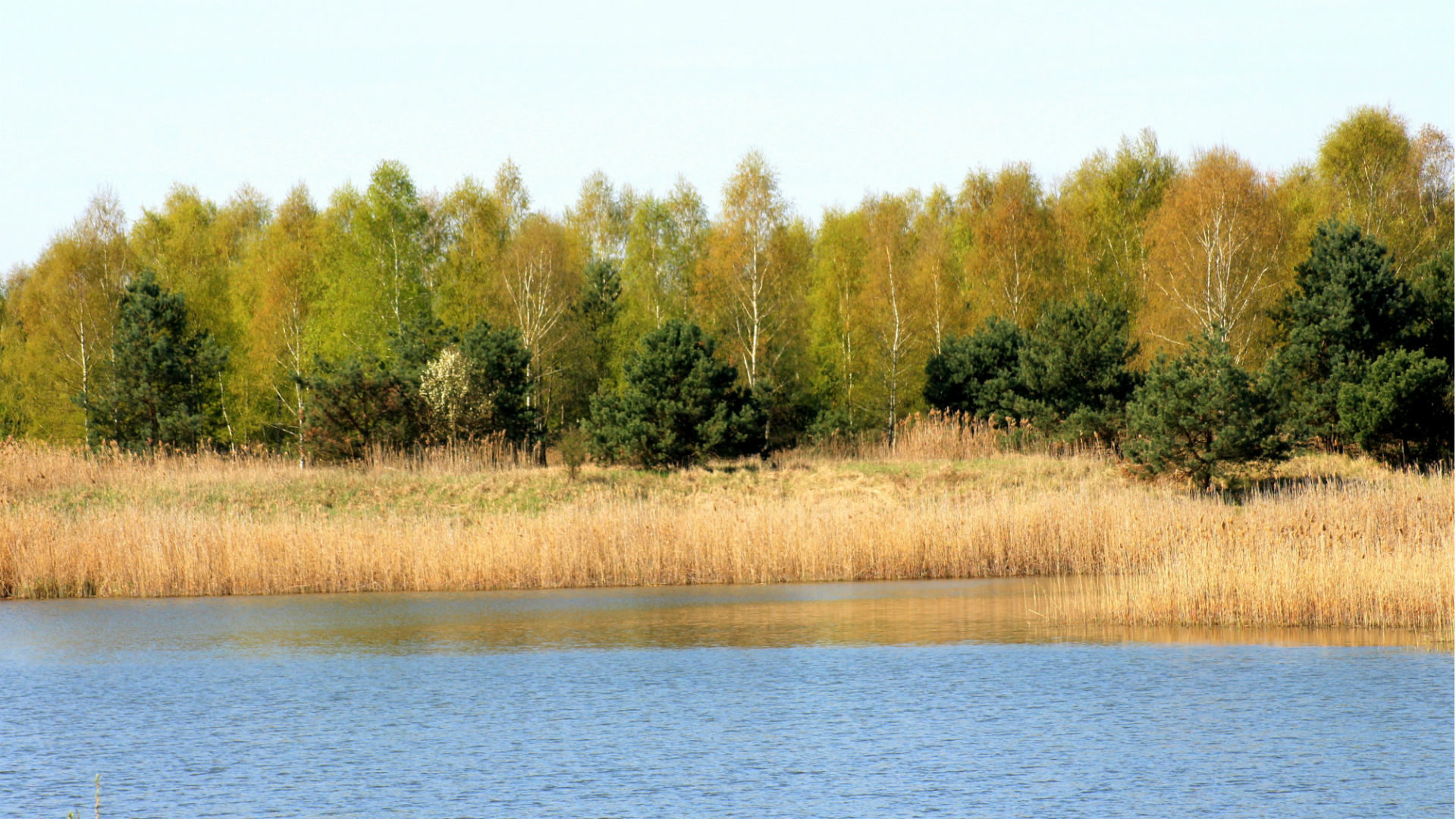
At the Ocean Conservation Trust, we provide funding for a number of different grassroots projects, worldwide, that align with our ethos of putting people are at the centre of conservation, and that focus on connecting them with the Ocean in meaningful ways.
One of those projects is a community outreach programme run by Seafront Environmental on the Cape Coast in Ghana, which is using virtual reality (VR) technology to engage and connect people with the Ocean. The project has a particular focus on the Fosu Lagoon – an important system for the economy and culture for the people of Cape Coast.
As operators of the Biodiversity Centre which sits adjacent to the lagoon, the Seafront team have also taken on the responsibility of improving the deteriorating water quality of the lagoon so that it can be enjoyed to its full potential, as well as continuing to serve and support the community as it always has.
Here, Executive Director Fredrick Ekow delves into the topic of the water quality monitoring programme and explains just why the lagoon is of such great importance to the people of Cape Coast, as well as how conserving it will benefit them all.
Fosu Lagoon – the urban lagoon in Cape Coast-Ghana – is a source of fisheries income for several hundreds of fishermen and fish processors in the area, and is also a significant part of the culture of the people who live there. In the lead-up to the annual festival of Cape Coast, which is known as “Fetu Afahye”, the lagoon is closed for fishing for several weeks to honour the ancestors and the ‘lagoon god’. Several traditional rituals are performed on the banks of the lagoon during the week-long festival, culminating in the final rituals by the Paramount Chief of the Cape Coast, which mark the reopening of the lagoon for use by the people and on the same day. A regatta featuring various youth groups is held, with the emerging champions awarded coveted prizes.
These economic and cultural uses of the Fosu Lagoon makes it a very important system to the people of Cape Coast, and mean that protection is required to keep it healthy. Over the last several decades however, urban expansion coupled with poor sanitation and environmental management, plus poor city planning, have led to the Fosu Lagoon being on the receiving end of some of the City’s wastes, including liquid and plastic types. This has resulted in the eventual degradation of the lagoon’s ecosystem, and currently, the Black-Chinned Tilapia is now the only fish that can be found in the lagoon due to the prevailing poor quality of water.
Cape Coast Metropolitan Assembly (CCMA) initiated some steps to improve the quality of the lagoon, including the redesign of drainage systems and the relocation of vehicle repair workshops from the banks of the lagoon, amongst others. Due to our agreement with CCMA to manage and operate the Environmental Education and Biodiversity Centre of Cape Coast, which is situated adjacent to the lagoon, Seafront Environmental sees it as our responsibility to contribute to rehabilitating the lagoon.
To do this, we initiated our water quality monitoring programme in mid-January 2019 to obtain regular data about the state of the Fosu Lagoon. This is a long-term programme that will help track the effects of future rehabilitation activities on the lagoon ecosystem and help determine whether chosen activities have been effective. We will present the data we obtain from the weekly monitoring as part of the exhibits at the Biodiversity Centre, in the form of charts, to help with our public education efforts. Two of our staff members, Taylor and Benjamin, are responsible for this weekly activity.
We are grateful to the Ocean Conservation Trust for supporting us in making this happen. Thanks to the grant they provided us with, we were able to purchase the equipment for this monitoring programme.
To find out more about Seafront Environmental’s work, visit: https://www.seafrontenvironmental.com

